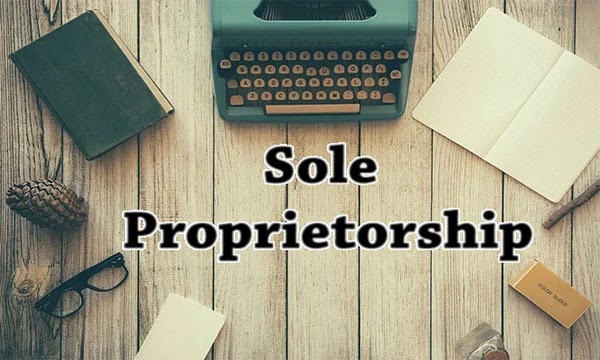Understanding the Pros and Cons of a Sole Proprietorship Business Structure
This sort of business is certifiably not a different substance.
Any time an individual routinely offers types of assistance for an expense sells things at a swap meet or takes part in any business movement whose basic role is to create again, that individual is a sole owner.
Assuming they carry on business movement to create again or pay, the IRS necessitates that you record a different Schedule C "Benefit or Loss From a Business" with your yearly individual annual expense form.
Plan C sums up your pay and costs from your only ownership business.
As the sole owner of a business, you have limitless responsibility, truly intending that on the off chance that your business can't pay every one of its liabilities, the lenders to whom your business owes cash can come after your resources.
Some low-maintenance business visionaries may not have the foggiest idea about this, however, it's a huge monetary danger.
If they are sued or can't take care of their bills, they are by and by at risk for the business's liabilities.
Sole ownership has no different proprietors to plan fiscal reports for, yet the owner should in any case set up these assertions to realize how his business is doing.
Banks typically require fiscal summaries from sole owners who apply for advances.
An organization needs to keep a different capital or proprietorship representing each accomplice.
The absolute benefit of the firm is assigned to these capital records, as spelt out in the association understanding.
Albeit sole owners don't have separate contributed capital from held profit like organizations do, they need to save these two separate records for proprietors' value - not exclusively to follow the business yet to help any future purchasers of the business.
A sole proprietorship is a type of business structure where a single individual owns and operates the business.
The individual is personally responsible for all debts and liabilities of the business, and there is no legal distinction between the owner and the business.
The business is not considered a separate legal entity and the owner must report their business income and expenses on their personal tax return.
Sole proprietorships are relatively easy to start and operate, but the owner is exposed to personal financial risk if the business is unable to pay its debts.
Additionally, the owner is responsible for keeping financial records and may be required to provide financial statements when applying for loans or other financial assistance.
Sole proprietorships also have some advantages.
They are relatively easy to set up and have minimal regulatory and compliance requirements.
They also offer the owner complete control over the business and its operations.
Additionally, all profits generated by the business belong solely to the owner, and they are entitled to all of the deductions and credits related to the business.
However, it's important to note that while the owner has complete control over the business, they also have complete responsibility for the business.
This means that they are responsible for all debts and liabilities of the business, and their personal assets may be at risk in the event of a lawsuit or financial difficulties.
Sole proprietorships are also not suitable for businesses that will require a large amount of capital or investments.
In these cases, the owner may need to consider other business structures such as a partnership or a corporation.
Overall, a sole proprietorship is a suitable business structure for small, low-risk businesses that are owned and operated by a single individual.
However, it's important to carefully consider the risks and limitations of this structure before making a decision.

